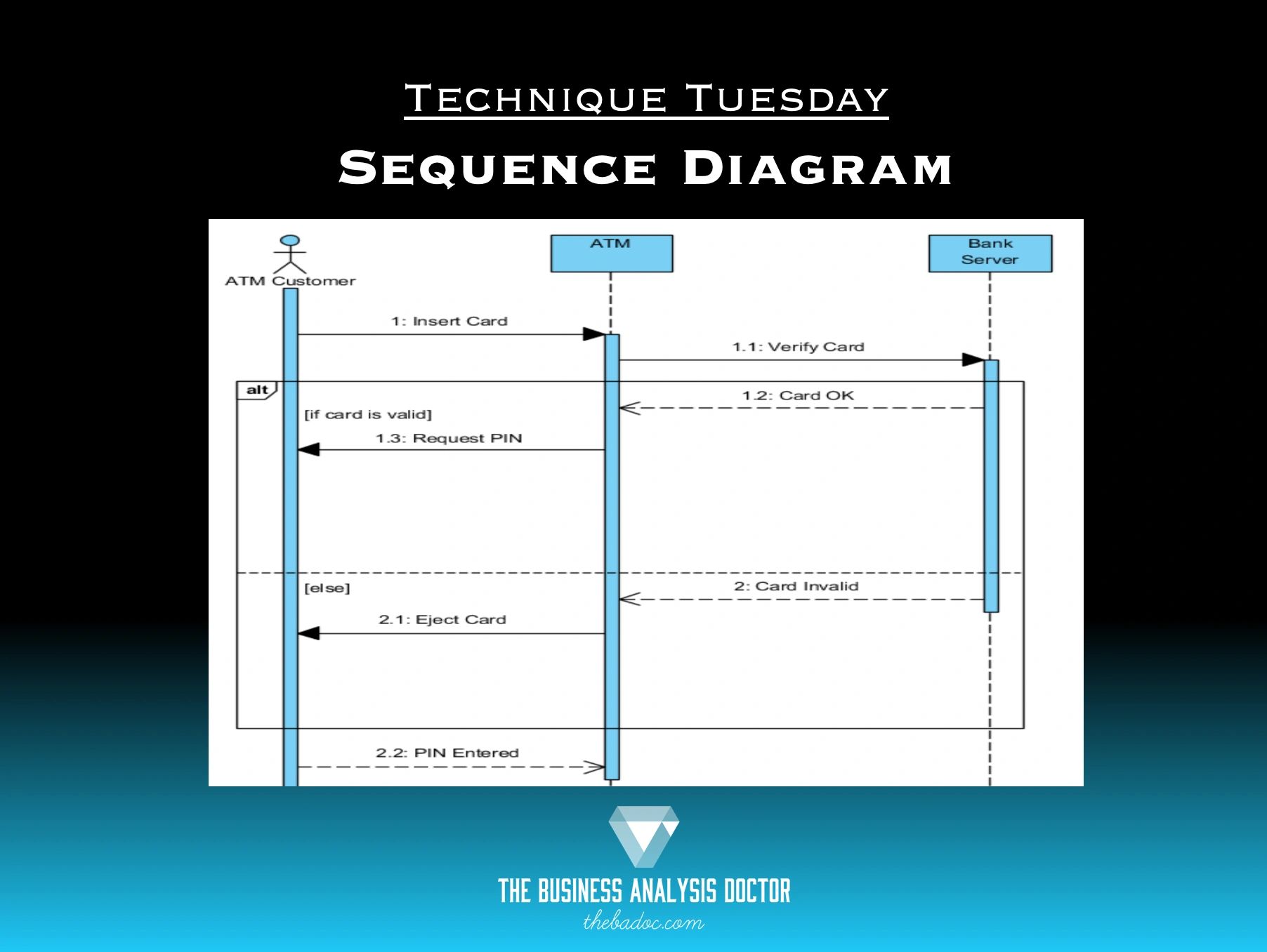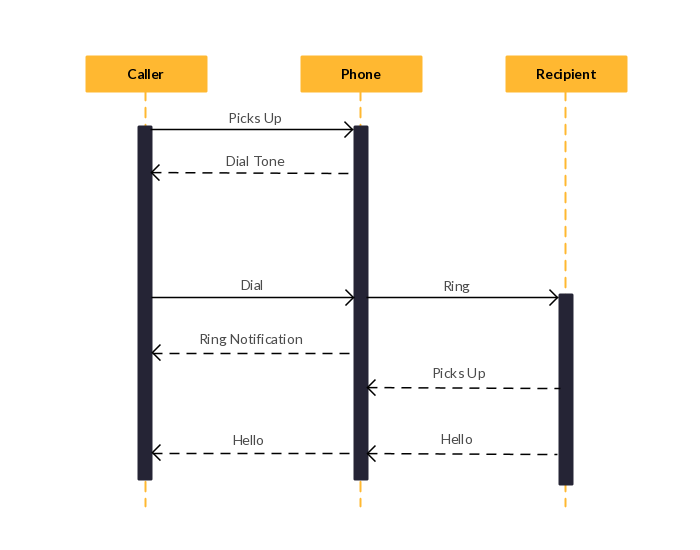
Where the application uses status codes - e.g. It also helps to think about the type of HTTP command you issue for each request - GET, POST etc., and which requests require authentication or state. Visual Paradigm introduction to write your first Sequence DiagramĪs web applications are built using HTTP request/response pairs, I find that it helps to capture this in sequence diagrams.

Below are some examples and tutorials will definitely help. OF course you can minimize the steps by decreasing actors number but for learning and simplicity that will be a very good solution. Here you can find that there's a probability that user isn't registered, then there's something called "Alternative paths". Keep returning the response to the user and loads your page on his browser. Our next step will be defining the "Call Messages" and "Return Messages" between our actors.Ī message defines a particular communication between Lifelines of anĪs per your events mentioned, we will try to break it down a little more to explain them better. In your system, we could say that the Actors are ( User, Web browser, Web server (Application, Content database) ). Several different actors and, conversely, a given actor may be played Thus, a single physical instance may play the role of

Of some entity that is relevant to the specification of its associated Specific physical entity but merely a particular facet (i.e., "role") Note that an actor does not necessarily represent a The subject (e.g., by exchanging signals and data), but which isĮxternal to the subject (i.e., in the sense that an instance of anĪctor is not a part of the instance of its corresponding subject).Īctors may represent roles played by human users, external hardware, When defining an "Actor" you should know that definitionĪn Actor models a type of role played by an entity that interacts with


 0 kommentar(er)
0 kommentar(er)
